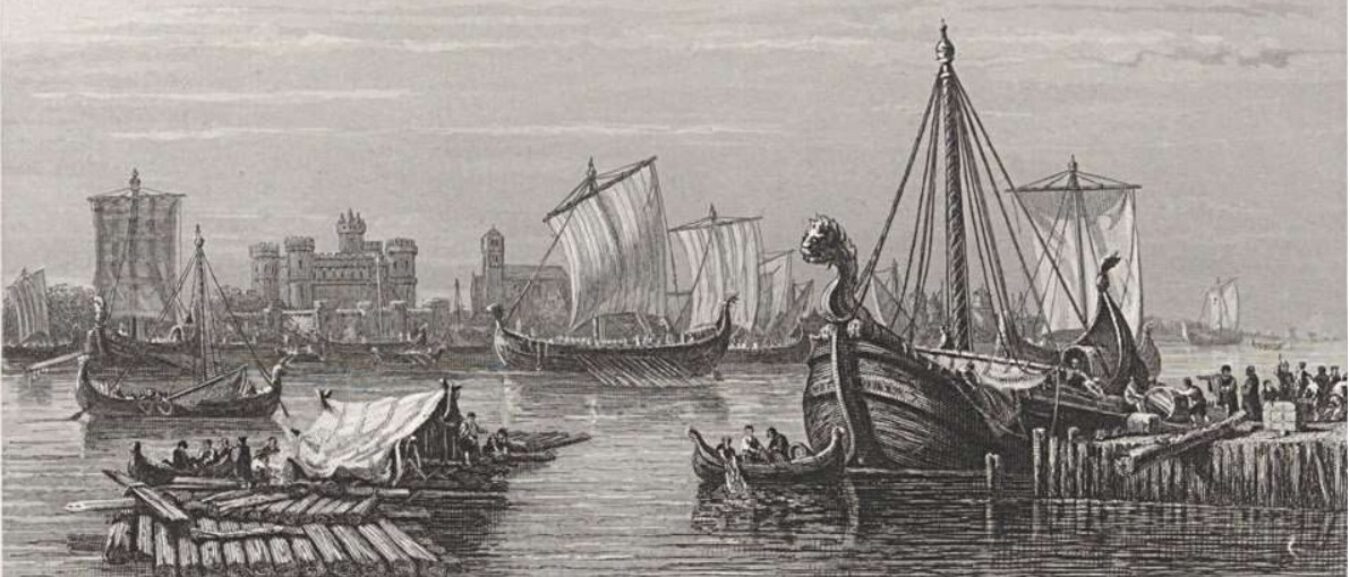The Viking Age is generally considered to have begun with the raid on the Lindisfarne monastery in 793 CE, which marked the first recorded Viking raid on Western Europe. However, the causes of the Viking Age are complex and multifaceted. Some historians attribute it to overpopulation and the resulting competition for resources, while others point to political instability and the breakdown of centralized authority in Scandinavia.
The Vikings were known for their seafaring abilities, which allowed them to travel long distances and raid coastal towns and monasteries throughout Europe. They also established settlements in places such as Iceland, Greenland, and even North America. However, the Vikings were not solely raiders; they were also skilled traders and craftsmen, and they traded with people throughout Europe, the Middle East, and Asia.
The Viking Age lasted from approximately 793 CE to 1066 CE, when the Norman conquest of England effectively ended Viking influence in Western Europe. During this time, the Vikings had a significant impact on European history, and their influence can still be seen today in place names, language, and culture.
The end of the Viking Age is often attributed to a combination of factors, including the conversion of Scandinavia to Christianity, the consolidation of political power in Europe, and the decline of the Viking economy. Additionally, the Vikings faced increased resistance from the people they had previously raided, and they eventually became integrated into the societies they had once sought to conquer.

